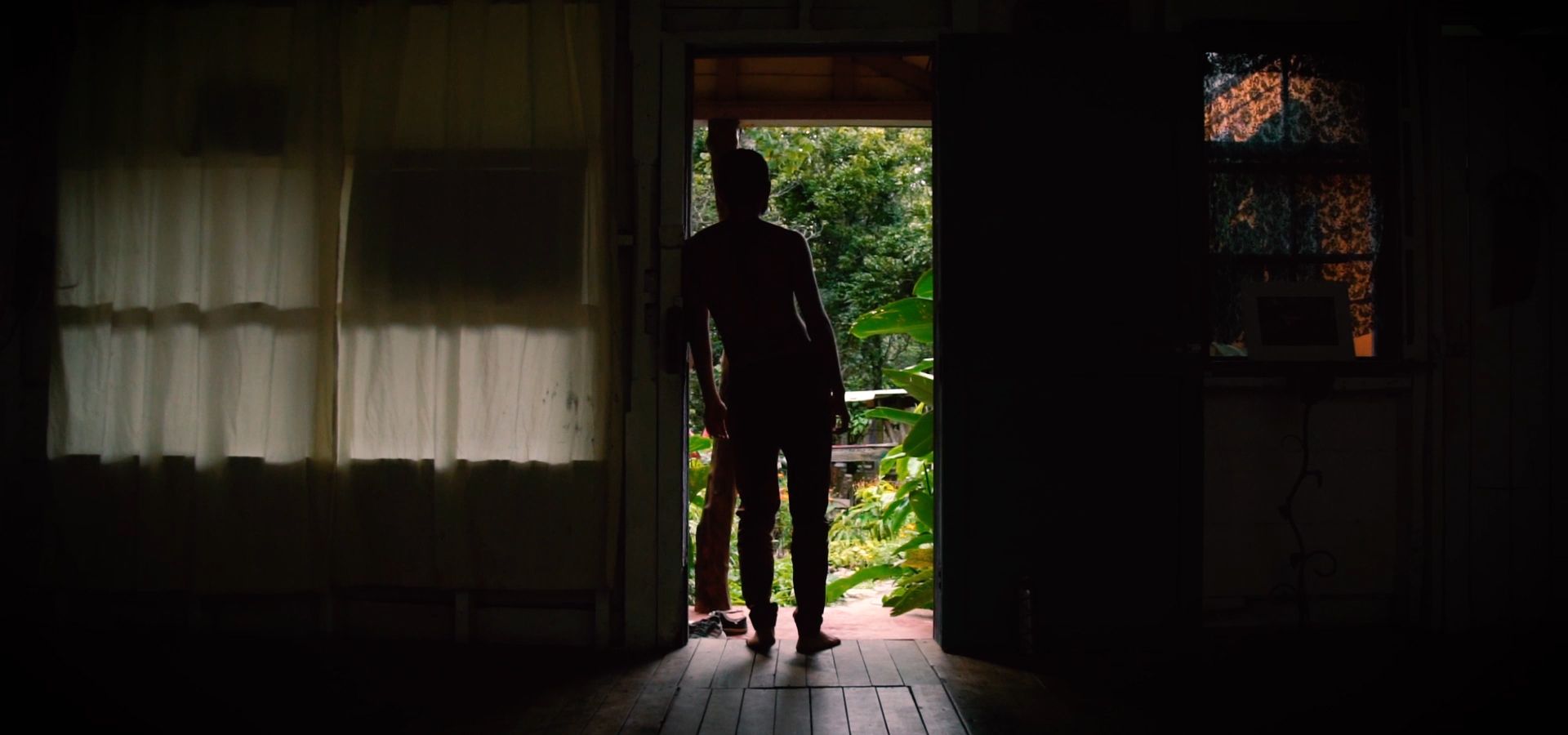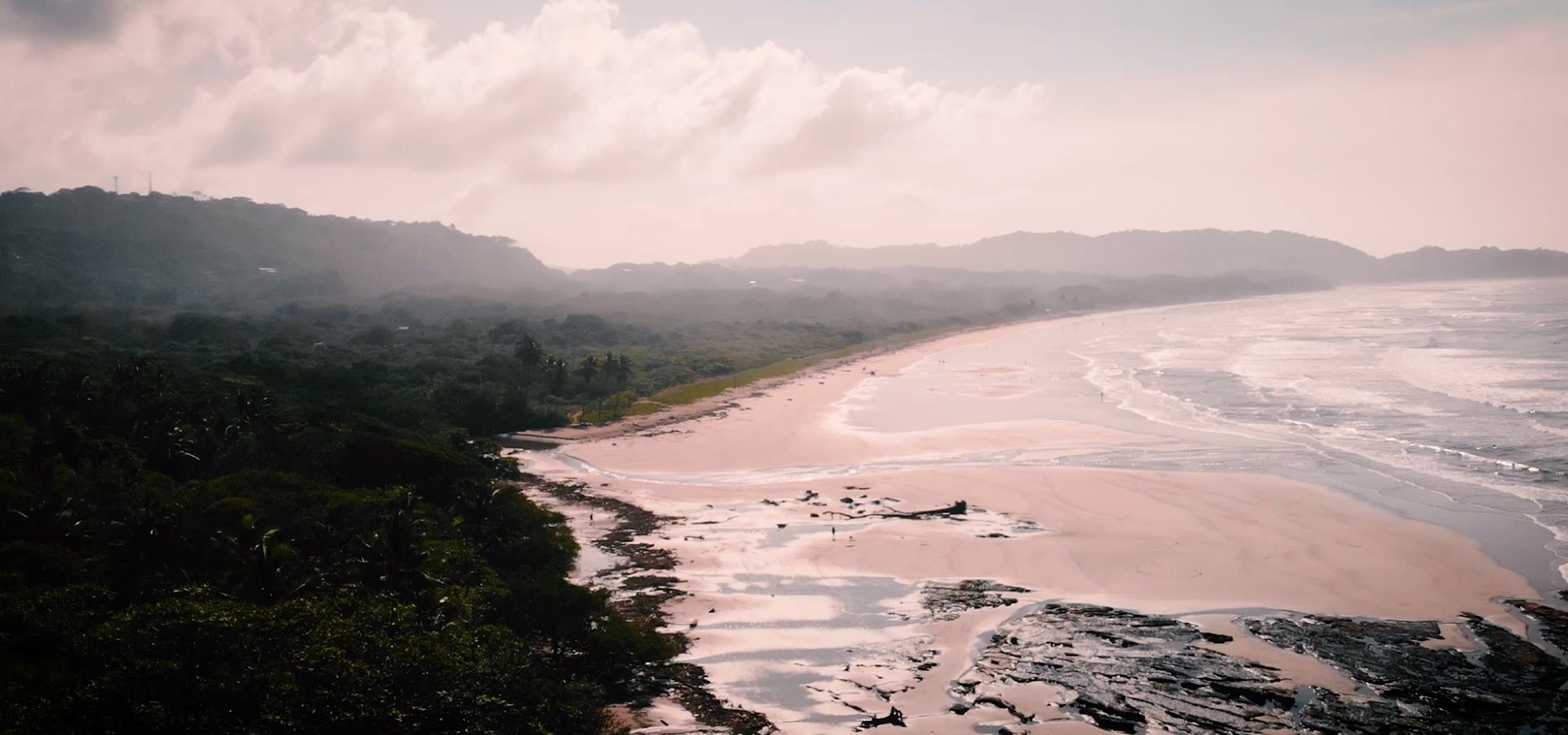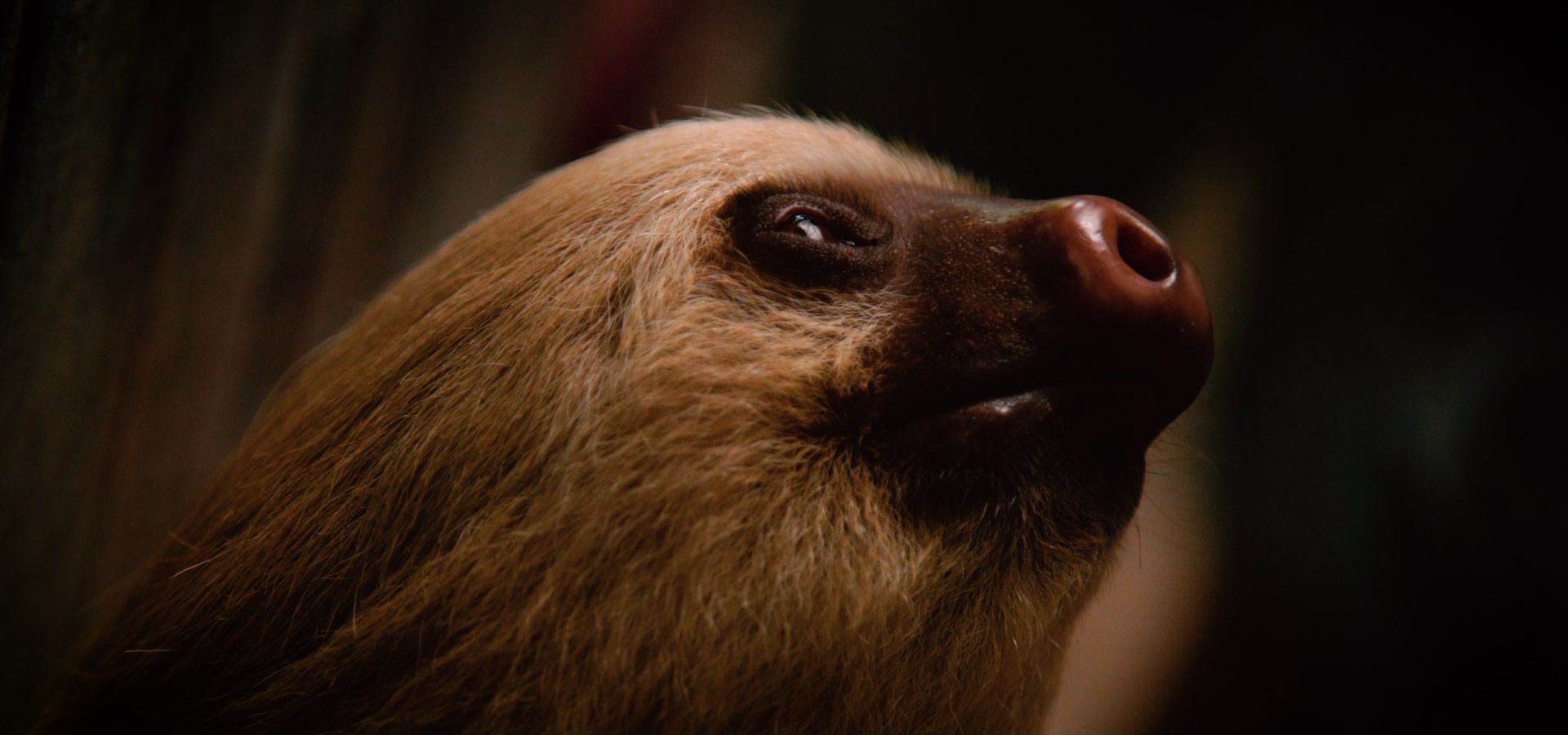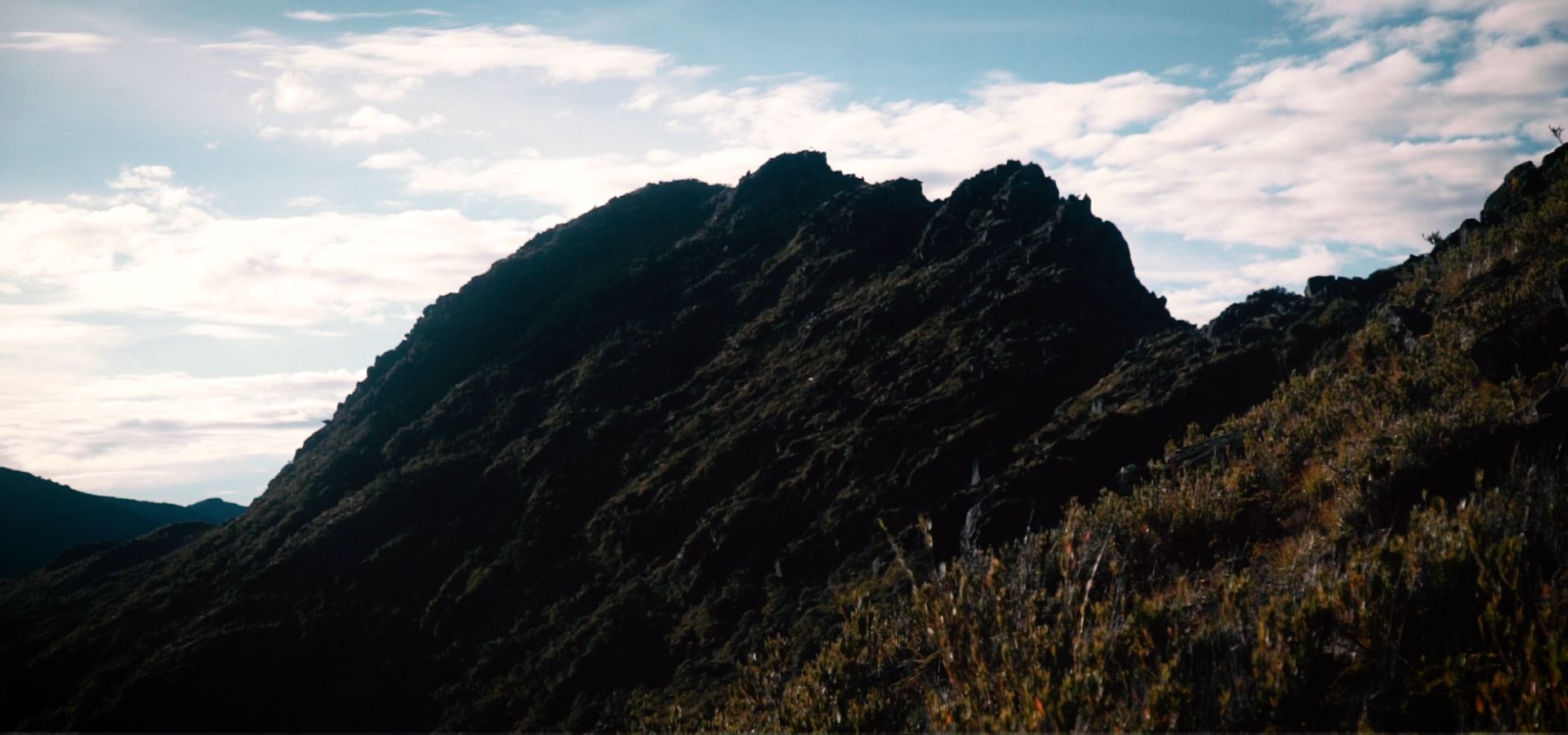Costa Rica, renowned for its astonishing biodiversity, presents a unique array of micro-climates despite its small size. In 2020, filmmaker Andres Bronnimann, in collaboration with travel company Wondermore, embarked on an ambitious journey to explore these diverse climates visually. It's remarkable how such a small country can host such a wide variety of micro-climates.
Monteverde, a town in the northwestern mountains, is renowned for its cooler temperatures, high humidity, and frequent mist. This cloud forest region is rich in biodiversity and has an interesting history of Quaker migrants from the United States who established a peaceful community here. The area is a sanctuary for unique flora and fauna adapted to its moist conditions.


Nosara, located in the northwestern region of Guanacaste, showcases the tropical dry forest climate with its pronounced dry season and shedding deciduous trees. However, this beautiful beach area is experiencing a surge in international tourism, leading to severe gentrification. The local population is being displaced by wealthy tourists and expats, transforming Nosara into a hotspot of inequality.


In the southern region of Costa Rica lies the Osa Peninsula, often described as "the most biodiverse region on Earth." This area, home to the famous Corcovado National Park, boasts a variety of tropical habitats including rainforests, coastal wetlands, and mountain forests. National Geographic has dubbed it "the most intensely biologically active area in the world," highlighting its lush vegetation and diverse wildlife.



Cerro Chirripó, the highest point in Costa Rica at 3,821 meters (12,537 feet) above sea level, is part of Chirripó National Park in the Talamanca Mountain Range. This highland region features mild temperatures throughout the year, with a wetter season from May to November. Its altitude offers cooler temperatures compared to the lowlands, making it a distinct climate zone in the country.


Puerto Viejo de Talamanca, on the Caribbean coast, embodies the tropical lowland climate with warm temperatures year-round. Known for its Afro-Caribbean culture, vibrant food scene, and famous black sand beach Playa Negra, this town is a cultural melting pot. The community includes Afro-descendants and Europeans who have settled here over the past century.

